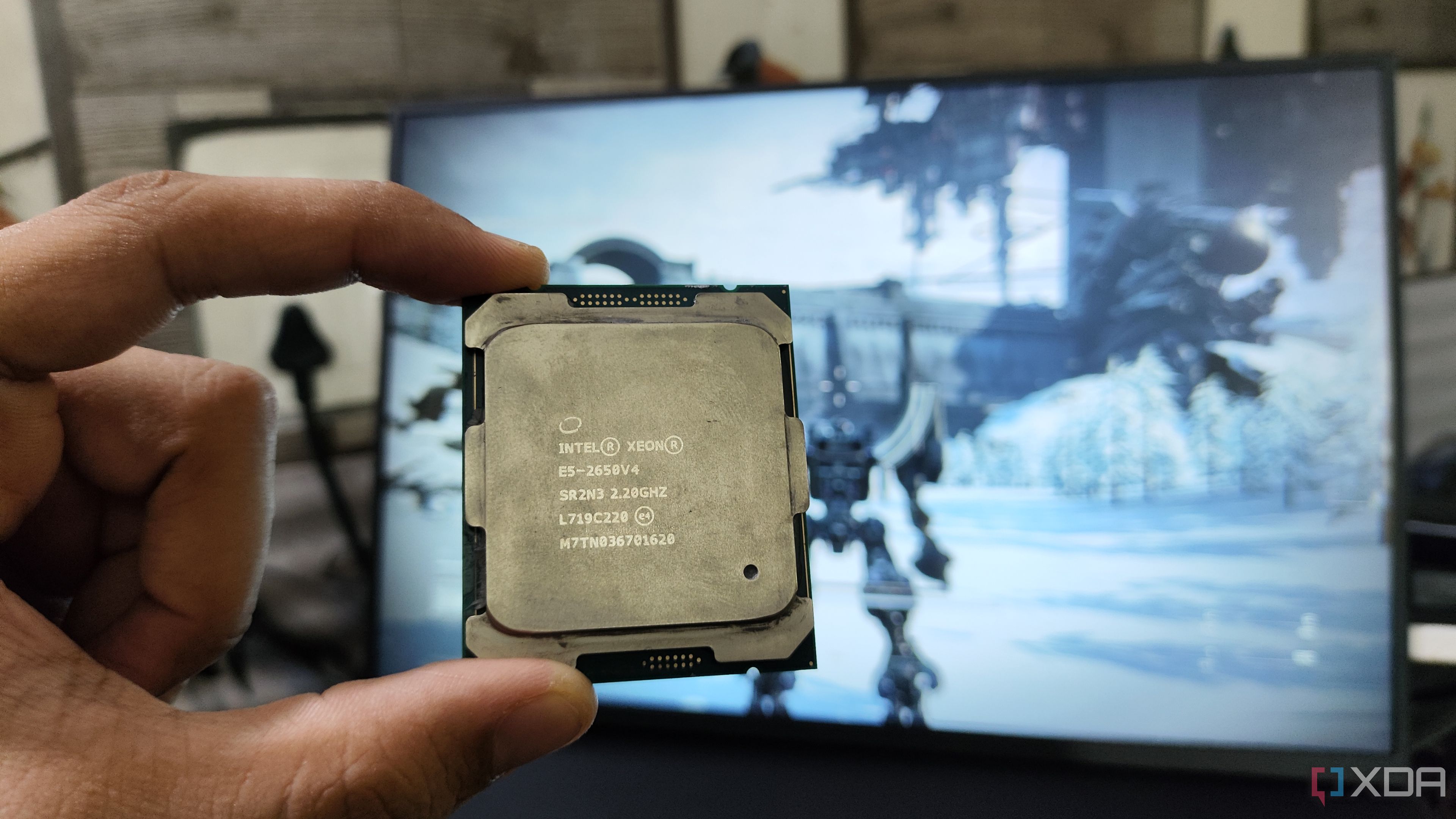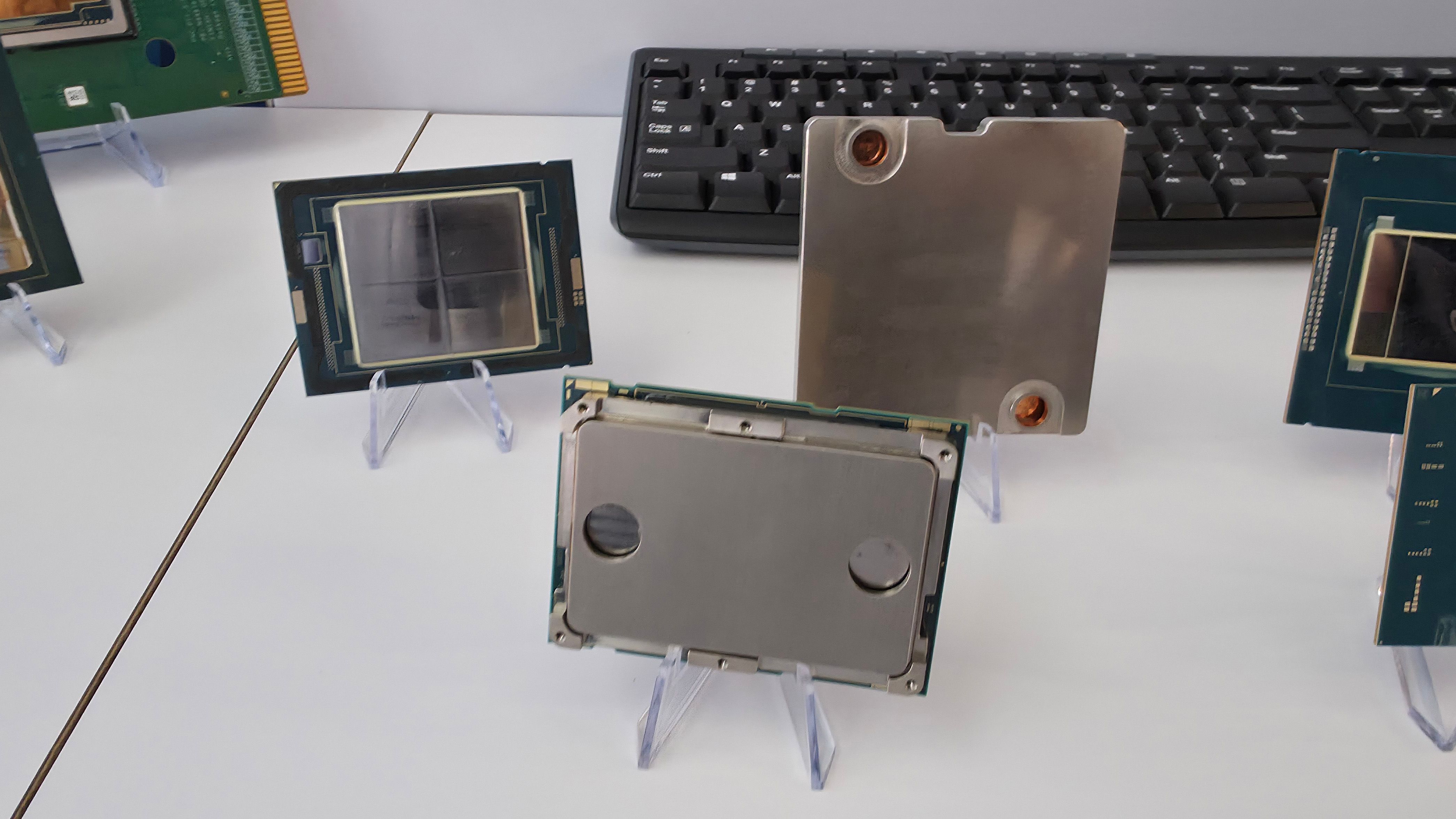Summary
- Intel’s direct liquid cooling can cool up to 1000W CPUs efficiently.
- Intel has reportedly been working on direct liquid cooling for years
- Intel isn’t planning to release 1000W desktop CPUs soon, focusing on data center applications.
Intel has caught some flack over the last few years surrounding CPUs like the Core i9-14900K and its high power demands, but the engineers at Intel are working on some ambitious projects to keep CPUs cool. The company revealed prototypes it’s been working on for years at its Foundry Direct Connect event, which it claims can cool up to 1000W on a CPU through direct liquid cooling, according to Tom’s Hardware.

Related
I tried gaming on a cheap dual-Xeon system – here’s how it went
While server CPUs aren’t meant for gaming, pairing them with powerful GPUs can help you attain decent FPS at higher resolutions
Direct liquid cooling can cool up to 1000W CPUs
Don’t worry, Intel won’t be releasing a 1000W desktop CPU any time soon
The big change with Intel’s thermal design is routing liquid directly through the Integrated Heat Spreader (IHS) of the CPU. The liquid doesn’t actually touch the silicon; instead, Intel has designed a tiny water block that sits directly on top of the silicon within the IHS, allowing the liquid to get as close to the silicon as possible. Tom’s Hardware says the internal design features “microchannels made of copper that precisely guide the coolant flow,” and Intel claims this design can cool CPUs up to 1000W with standard coolant.
Delidding your CPU to apply a direct die water block is nothing new, but Intel claims its design offers upwards of 20% better thermal performance with the use of liquid metal. By shortening the distance between the source of the heat (the silicon) and how that heat is dissipated (the thermal solution), Intel is able to push more power through the CPU while keeping it within safe operating temperatures.
Although it’s an interesting look into the future, Intel won’t be releasing 1000W CPUs any time soon. This tech is largely focused on the data center, where the power demands are much higher. Intel’s recent flagship server chip, the Xeon 6980P, already packs 128 cores with a rated TDP of 500W. It won’t be long until data center CPUs are pushing power demands even higher, which would necessitate this kind of direct-die liquid cooling.
As it stands now, this is something Intel’s engineers are working on behind the scenes, and reportedly have been doing so for several years. In consumer desktops, direct-die liquid cooling will likely remain an enthusiast endeavor for years to come. Still, it’s a good thing Intel is working on this technology; if we do end up seeing 1000W consumer CPUs one day, at least there are a few ideas about how to keep them cool.













